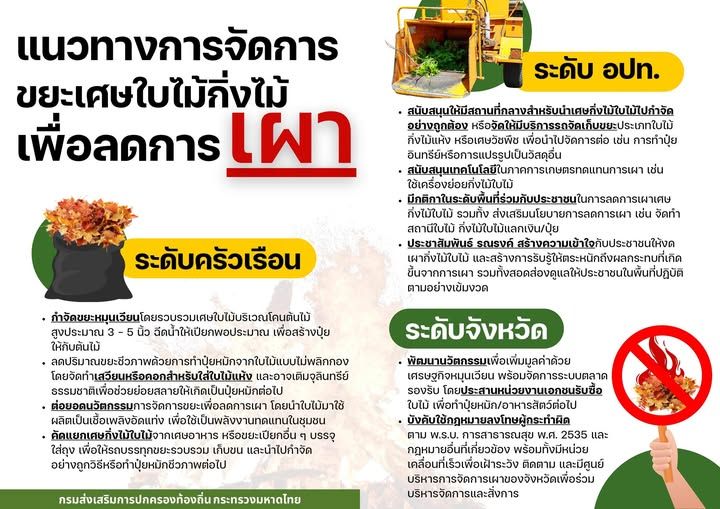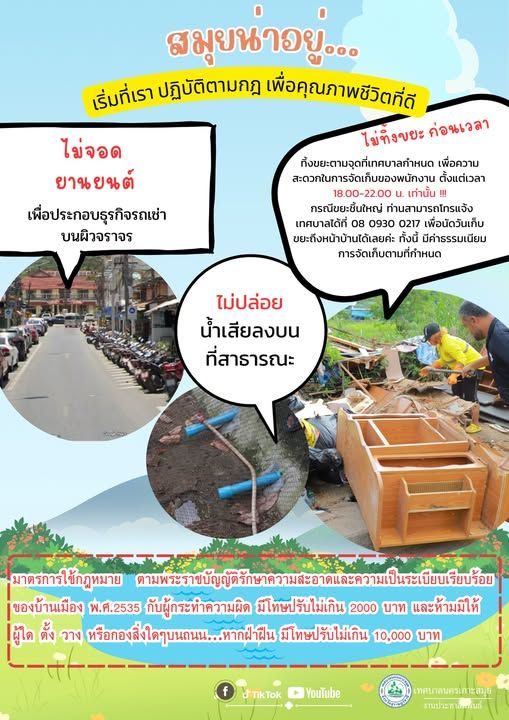Burning yard waste releases toxic particles that threaten our health, but innovative solutions like composting and leaf recycling can transform waste management. By collaborating locally, we can turn fallen leaves and branches into a valuable resource that protects our air and enriches our gardens.
SustainableWaste #EnvironmentalHealth #GreenLiving #Composting #EcoFriendly #CleanAir #YardWaste #SustainableSolutions #UrbanGardening #EcoWarrior
The improper disposal and burning of yard waste such as leaves and branches contribute significantly to air pollution, particularly fine particulate matter (PM2.5) that poses health risks. Sustainable management practices across various levels—from households to provincial authorities—are essential for effective reduction of open burning. Below are comprehensive strategies structured to address waste at different administrative tiers.
Household Level Approaches
Collection and Recycling of Leaves
Households can play a critical role by collecting fallen leaves around trees to a manageable height of about 3-5 inches. Spraying these piles with water helps initiate decomposition, turning the organic matter into natural fertilizer that nourishes garden plants.
Composting Without Turning
Residents can establish simple composting systems without the need for turning the pile. By gathering dry leaves in a dedicated enclosure or bin and introducing natural microorganisms, leaves decompose efficiently into compost. This method reduces organic waste and provides a valuable soil amendment.
Conversion to Alternative Fuel
Innovation in waste management at the household level can extend to converting dry leaves into compressed fuel briquettes. These briquettes serve as a sustainable alternative energy source for cooking or communal use, reducing reliance on burning and fossil fuels.
Waste Separation and Proper Disposal
Effective separation of yard waste is crucial. By sorting leaves and branches from food scraps and other wet waste, households can place the green waste in designated bags for municipal collection. This enables proper processing, including composting at community facilities, and reduces the volume of waste that ends up in landfills or is burned.
Local Administrative Organization Initiatives
Establishment of Centralized Processing Facilities
Local governments can facilitate the creation of central facilities specifically designed to manage the disposal of leaves and branches. These facilities can process collected green waste into organic fertilizer or convert it into other useful materials, supporting community agriculture and landscaping.
Promotion of Shredding Technology
To provide alternatives to burning, local authorities can supply or subsidize wood and leaf shredders for use by residents and farmers. Shredded organic matter can be employed as mulch, which conserves soil moisture, suppresses weeds, and returns nutrients to the ecosystem.
Policy Development and Incentives
Working collaboratively with the community, local governments can draft and implement regulations that discourage the burning of yard waste. Initiatives such as exchange stations, where residents can trade leaves and branches for cash or fertilizer, encourage proper disposal methods and stimulate local participation.
Public Awareness Campaigns and Enforcement
Ongoing education about the environmental and health impacts of burning yard waste is essential. Local organizations should conduct public campaigns, monitor adherence, and enforce bans on open burning, highlighting consequences such as air pollution and the dangers of PM2.5 emissions.
Provincial Level Measures
Circular Economy and Market Systems
Provincial administrations can spearhead innovations that add value to leaf and branch waste through circular economy models. By partnering with private sector entities, provinces can develop systems to purchase yard waste from citizens, which can then be processed into compost or animal feed, creating new revenue streams and reducing environmental burden.
Legal Enforcement and Rapid Response
Strict enforcement of relevant environmental and public health legislation is necessary to deter illegal burning. Provincial governments can establish rapid response monitoring units and central management centers to coordinate burning control measures, ensure compliance, and administer penalties as prescribed by laws such as the Public Health Act of 1992.
Importance of Public Collaboration and Education
Across all levels, the success of leaf and branch waste management hinges on the active participation of the public. Government agencies, local administrative bodies, and individual households must work together, supported by continuous education and the provision of convenient alternatives to burning. This integrated approach not only helps protect community health but also promotes sustainable resource use and environmental stewardship.
Frequently Asked Questions
Frequently Asked Questions (FAQ)
Strategies for Managing Leaf and Branch Waste to Minimize Burning
How can individual households manage leaf and branch waste without resorting to burning?
Households can adopt several eco-friendly strategies to reduce burning and manage yard waste effectively:
- Composting: Collect leaves in piles (3–5 inches high), moisten them to encourage decomposition, and create natural fertilizer for gardens.
- No-Turn Composting: Use a dedicated bin to allow leaves to break down with the help of naturally occurring microorganisms—no turning required.
- Alternative Fuel: Transform dry leaves into compressed fuel briquettes, providing a sustainable cooking fuel source.
- Proper Sorting: Separate leaves and branches from other waste, using designated bags for municipal collection so waste can be processed into compost instead of being burned.
What roles do local governments play in supporting sustainable yard waste management?
Local administrative organizations can make a major impact through:
- Centralized Facilities: Setting up dedicated centers to convert collected waste into compost or useful materials for community projects.
- Equipment Support: Supplying or subsidizing shredders to turn branches and leaves into mulch, which benefits local landscaping and agriculture.
- Incentives and Policies: Crafting policies that discourage burning, such as exchange stations where residents can trade organic waste for cash or fertilizer.
- Education and Enforcement: Running public awareness campaigns and enforcing anti-burning regulations to protect community health from harmful air pollutants.
Why is public collaboration and education vital in minimizing the burning of yard waste?
Collaboration and ongoing education are key because:
- Shared Responsibility: Effective management of leaf and branch waste requires action at every level—household, local, and provincial.
- Accessible Alternatives: When people are informed and provided with convenient options (like composting or exchange programs), they are more likely to adopt sustainable practices.
- Health and Environment: Educating the public about the dangers of burning—such as air pollution and fine particulate matter (PM2.5)—motivates communities to protect air quality and public health while enriching local soils and gardens.




